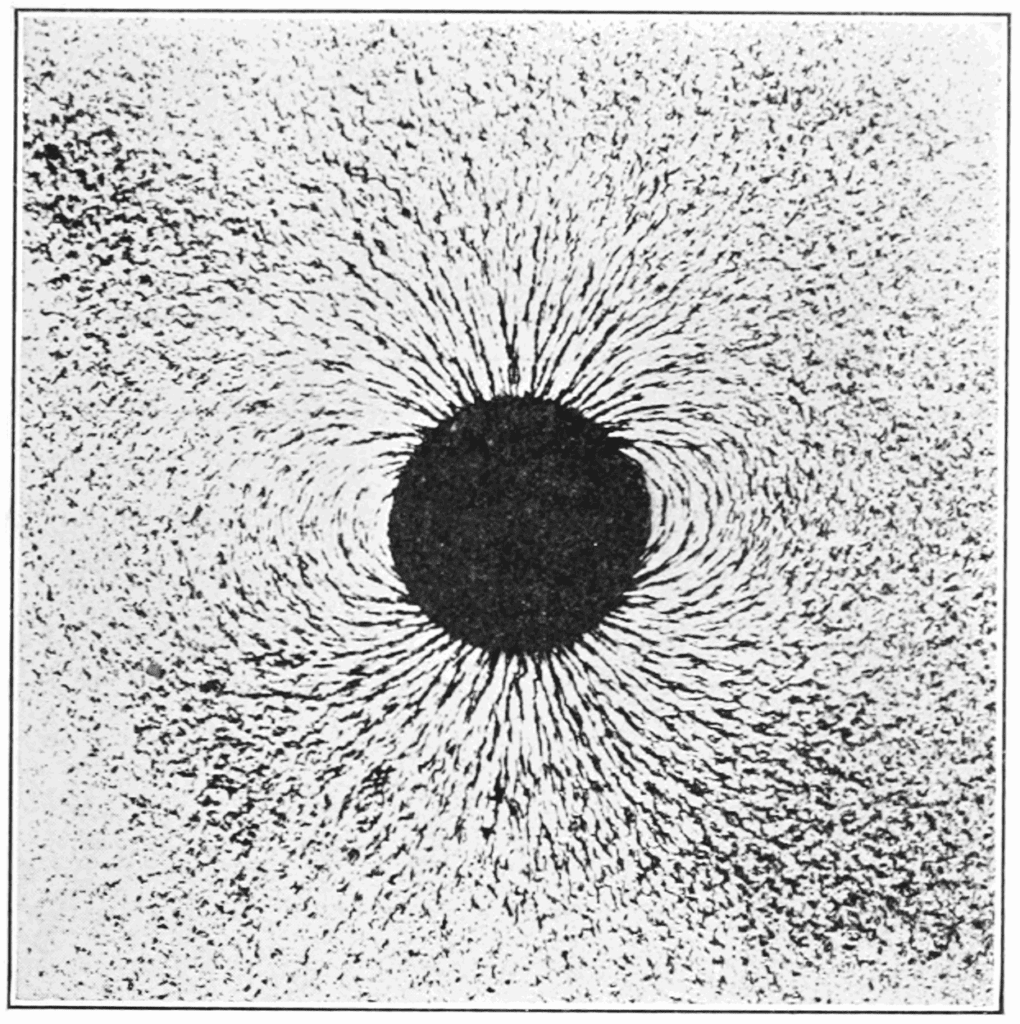Birds have a built-in magnetic sensor to help them find their home and migrate safely — all thanks to proteins in their eyes.

Common wisdom holds that iron-rich cells in birds’ beaks act as microscopic compasses to help them navigate. However, recent research suggests that this common wisdom may, in fact, be just common — sans wisdom: a new paper points to proteins in birds’ eyes that allow them to see magnetic fields.
MagnetEyes
Two new studies, one working with European robins (Erithacus rubecula), and the other with zebra finches (Taeniopygia guttata) both revolve around an interesting new molecule with the rather unfortunate name ‘Cry4’. Unlike the name would have you believe, this has nothing to do with tears and everything to do with the retina. Cry4 is a light-sensitive protein, which so far seems to be the first animal-sourced molecule we’ve identified that evolved specifically to detect magnetic fields.
The class of proteins Cry4 is part of is known as cryptochromes. From what we know so far, these proteins are involved in the workings of circadian rhythms (the body’s ‘biological clock’). However, because of quantum quirks some of them posses, certain proteins in this class are also believed to react to magnetic fields. These interactions could be harnessed by animals such as birds to sense the Earth’s natural magnetic field, according to Atticus Pinzon-Rodriguez, a biologist at the University of Lund in Sweden and lead author of the paper describing Cry4’s role in magnetoreception.
To figure out which of the proteins in this class act as the compass, Pinzon-Rodriguez’s team analyzed the retinas, muscles, and brains of 39 zebra finches for the presence of Cry4 and two related proteins, Cry1 and Cry2.
While expression levels of Cry1 and Cry2 rose and fell throughout the day in a rhythmic pattern, Cry4 levels remained constant — indicating that it was being steadily produced, the team reports.
“We assume that birds use magnetic compasses any time of day or night,” says University of Lund biologist Rachel Muheim, the paper’s co-author.
The team’s results are also supported by findings in the study on European robins, which also express constant levels of Cry4 throughout a 24-hour cycle but express higher levels during their migratory season. Furthermore, that study also revealed the protein in an area of the bird’s eyes that receives a lot of incoming light — a location which Pinzon-Rodriguez’s team says would help it act as a compass.
Right now, the evidence is compelling, but not yet enough to prove the theory beyond a doubt. Further research on birds with functioning Cry4 will be needed to either prove or disprove it.
The paper “Expression patterns of cryptochrome genes in avian retina suggest involvement of Cry4 in light-dependent magnetoreception” has been published in the Journal of the Royal Society Interface.
Was this helpful?



